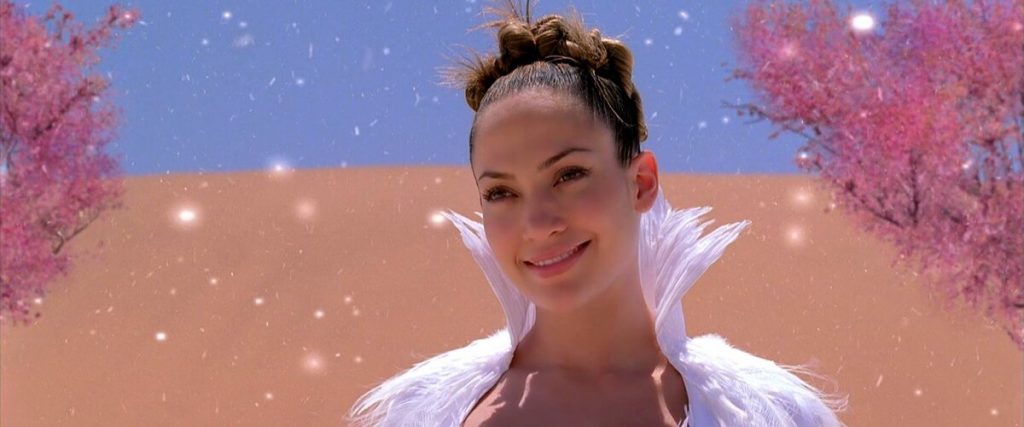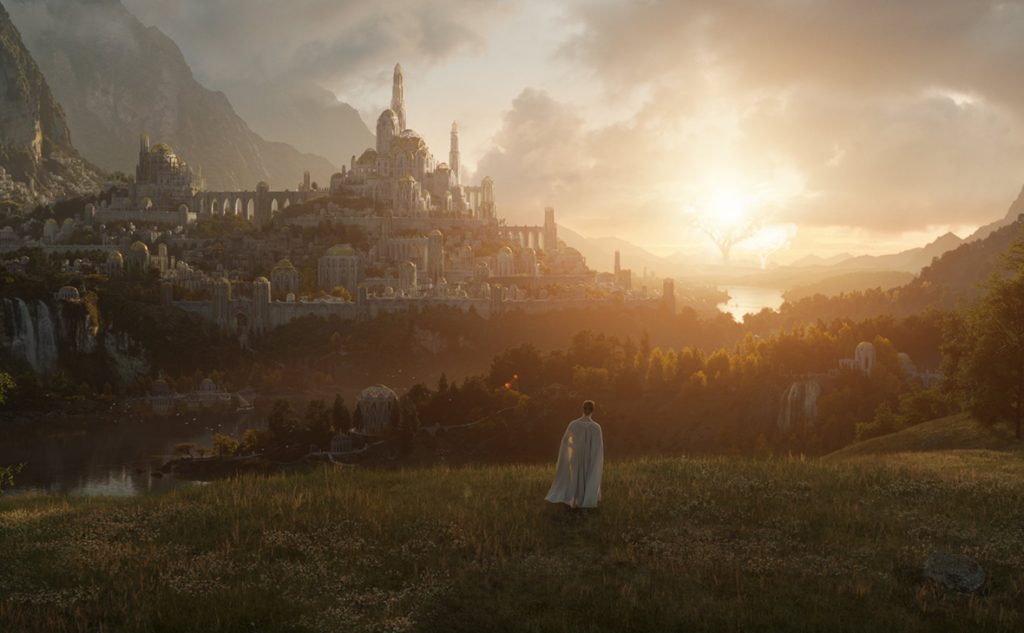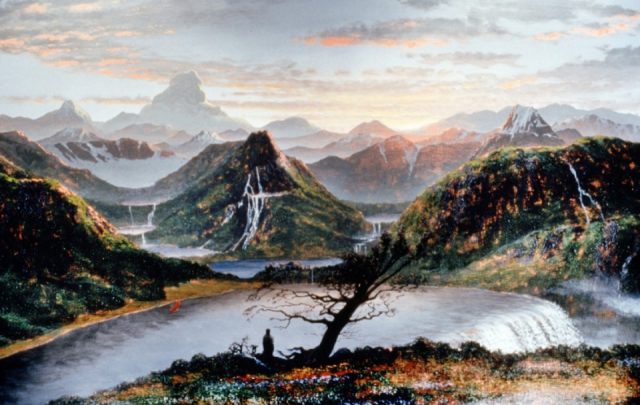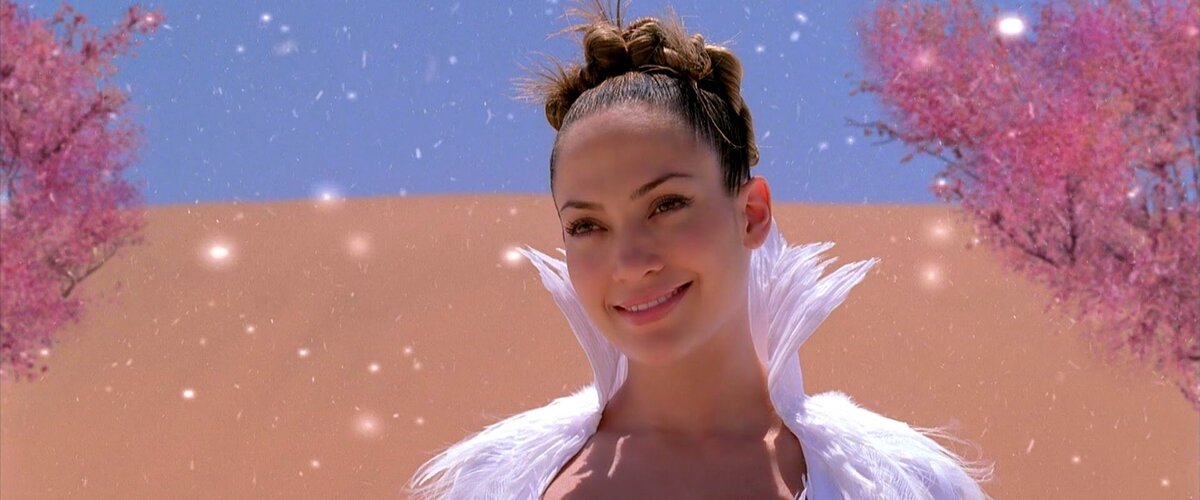For many people, talking about the weather is worse than bitter radish. After all, people resort to them to hide boredom or awkward silence. But in some cases, atmospheric phenomena are so rare and pleasant that they seem straight out of the pages of science fiction books. We are talking about unusual weather phenomena and under what conditions they can be observed.
Moon Rainbow

We know that an ordinary rainbow is formed when sunlight is refracted and reflected into water droplets. It’s an undeniably beautiful phenomenon, but have you ever seen it at night? A lunar rainbow (lunar arc), as opposed to a “solar” rainbow, appears in the dense and moist layers of the atmosphere when the light of the full moon is refracted. To see this, the source of the splashes must be opposite the Earth satellite, which must be at a low altitude. Therefore, this rare, fantasy-like phenomenon can often be seen near bodies of water. The only place where this miracle can be seen regularly is Victoria Falls, on the border of Zambia and Zimbabwe. This phenomenon also often occurs in the American nature reserve Cumberland Falls, where all nature photographers come. There’s even a moonshine program! As a rule, they appear two to three days before and after the full moon. You can also see the lunar rainbow in Russia: in conditions of dense fog on the Yamal Peninsula and in the foothills of Dombay in the Caucasus.
Misty Rainbow
Another rare optical phenomenon is fog arcs. It doesn’t appear as often as it seems. This requires very special conditions; fog consists of very small water droplets (less than 25 micrometers in radius). As the droplet size decreases, colors disappear due to increased light diffraction. That’s why the foggy rainbow is white in color and sailors call it “ghost”. It is usually seen in sea or swamp areas. In Russia, on March 1, 2022, residents of the Kirov region witnessed this unusual phenomenon: a white arc appeared in the supercooled fog at -10 degrees. A foggy rainbow was also observed in Yamal on October 31, 2023.
halo
Halo is one of nature’s most beautiful wonders and represents the halo around a strong light source such as the Sun or Moon. It seems as if this heavenly eye is looking at you from above. This phenomenon occurs mostly at high latitudes during cirrus clouds, when sunlight is refracted by ice crystals. The halo is called a “false sun”. By the way, this event is mentioned more than once in the chronicles and even in the “Tale of Igor’s Campaign”, for example, before the advance of the Polovtsians and the capture of Igor, “four suns shone on the Russian land.” It was parahelium (one of the types of halo). According to popular belief, the halo foretells the onset of a cold winter. In the old days, it was believed that this phenomenon was a harbinger of big troubles, especially if the halo had the shape of a cross or a sword.
Solar Gloria

The best way to observe solar gloria is high in the mountains or from an airplane window at cloud level. This fantastical phenomenon consists of rainbow rings of light reflected on a cloud surrounding a shadow. The Chinese call Gloria “the light of Buddha.” The origin of this phenomenon is still debated, but it probably occurs as a result of light refraction from clouds towards the observer.
Brocken Ghost
This mystical name was given by German mountaineers who observed the natural phenomenon at the Brocken peak in the Harz Mountains. In fact, this is a kind of halo, but the only difference is that the shadow is reflected from a person, so the silhouette of the “Brocken ghost” appears with a multi-colored glow. Due to the constant fog, local residents saw it especially often, which contributed to the emergence of the legend. This phenomenon was first described by the theologian and naturalist Johann Silberschlag in 1780. The Brocken Ghost can also be seen in Haleakala National Park on the island of Maui in Hawaii and in the mountains of Wales.
zodiac light
In other words they call it false dawn or false sunset. This phenomenon is a cone-shaped glow located at the point of sunrise or sunset. It can sometimes be seen on moonless nights in equatorial latitudes. This light is best seen during the equinoxes, that is, in March and September. Zodiac light occurs as a result of the scattering of sunlight in the form of dust accumulations in the ecliptic plane, that is, in the region of the planet’s rotation around the Sun. Meanwhile, scientists were mistaking the dust particles for asteroid and comet debris, and some still believe the source of the particles was dust storms on Mars. The zodiac light is as bright as the Milky Way, so it’s easy to confuse them. It is especially nice to observe these two “milky” phenomena at the same time. Necessary condition: absence of city light and moonlight. For example, in 2023, the zodiac light can be seen on March 20.
Bishop’s Ring

The bishop’s ring is a ring around (and sometimes conjunct with) the Sun or Moon, brown-red on the outside and light blue on the inside. The crown is formed by refraction of light from volcanic particles. Therefore, you can see this natural phenomenon during or after volcanic eruptions. As the name suggests, this atmospheric phenomenon was discovered by Edward Bishop after the famous eruption of Krakatoa in 1883.
Belt of Venus
Named after the ancient goddess of love, this optical phenomenon can be observed anywhere during cloudless twilight (before sunrise or after sunset). The Belt of Venus appears as a pink-orange band between the dark night sky below and the blue sky above.
Lenticular and viper clouds

Lenticular (lenticular) clouds are striking not only by their shape, but also by their immobility. No matter how strong the wind is, they freeze in the air like the clouds in Rene Magritte’s paintings. They usually form on the leeward side of mountain ranges that form the flow of air currents. Since they move in a certain direction, the mass of water droplets freezes into obstacles. You can see this miracle at the foot of Mount Fuji or Shasta. Viper-shaped clouds form under the influence of tropical cyclones. You can see these in Australia, for example.
St. Elmo’s Fire
For the first time, sailors saw and recorded a unique natural phenomenon. They noticed strange glowing balls during storms. These flickering lights were considered a good omen promising the end of the storm, and so they were named after St. Elmo, the patron saint of sailors. The reason for their appearance is the high voltage of the electric field formed during storms, storms, blizzards and hurricanes. By the way, you can also see these on the outer surface of an airplane caught in a cloud of volcanic dust.
Source: People Talk
Mary Crossley is an author at “The Fashion Vibes”. She is a seasoned journalist who is dedicated to delivering the latest news to her readers. With a keen sense of what’s important, Mary covers a wide range of topics, from politics to lifestyle and everything in between.





